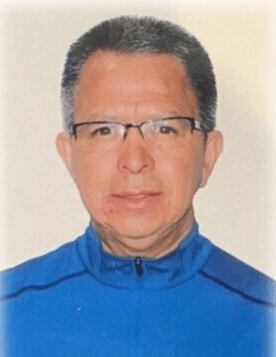 Today we’d like to introduce you to Sergio Huerta
Today we’d like to introduce you to Sergio Huerta
Hi Sergio, thanks for joining us today. We’d love for you to start by introducing yourself.
My first experience with health care delivery outside of the United States was in Tegucigalpa, Honduras in 2012, which is considered a low- and middle- income country (LMIC). I visited the Hospital Nacional de San Felipe with Health Volunteers Overseas (HVO). The goal of the organization is based on bringing the best educational opportunities to LMICs. According to the HVO website, they are dedicated to improving the availability and quality of health care in resource-scare countries through the training, mentorship, and educational of local health professionals. I had been practicing in the United States at the VA North Texas Health Care Center since 2005 and seeing health care delivered at an LMIC was a learning experience in many ways. The first impactful aspect of this experience was the number of wasteful resources in the United States compared to the hospital in Tegucigalpa. I am not proposing a solution to this problem and the current guidelines for safety in high-income countries HICs prevent implementation of similar modalities in LMICs, such as re-sterilization of some disposable instruments from patient to patient and other strategies. The second surprising aspect of this trip was the issue of privacy. This is markedly different in LMICs compared to HICs. Patient autonomy is less respected in LMICs compared to HICs. Physicians in LMICs have a more paternalistic approach to patient care. Patients follow doctors’ instructions more than patient’s treatment desires. I vividly remember a patient who had a large intra-peritoneal tumor (likely arising from the pancreas) in a 70-year-old male patient. The surgical oncologist had the patient step out and discussed the prognosis and the inability to proceed with further treatment options with the son of the patient without discussing this with the patient.
There were also good things that I saw. First, physicians rely heavily of physical exam, something that is happening less and less in HICs as new diagnostic modalities are frequently introduced. I also liked the fact that most patients came with all of their medical information (a chart) including films and notes from other visits. They kept this in their possession and brought it to each clinic visit.
In 2014, I visited two sites in India as my role of the surgery clerkship director where medical students had been undertaken elective global health rotations. One was in New Deli at the Medanta Hospital. This was a magnificent site that had a great number of operating rooms and received patients from surrounding countries to deliver affordable and high-quality medical care. The second one was in Bangalore at the Bangalore Baptist Hospital. This hospital delivers care to underserved populations. I remember that during an operation where I was an observer, a surgeon was performing a ventral hernia repair. The surgeon recognized that the hernia was too large to repair via primary repair. He had to step out of the operating room to talk to the family to determine if they would be willing to pay the extra cost for the mesh.
In 2019 and 2020 I visited the American University of Beirut and Mexico City at the Hospital Nacional Infantil Federico Gomez where I delivered talks regarding the non-operative management of acute appendicitis. These talks were poorly received at both institutions as the surgeons are not ready to treat a patient with acute appendicitis without an operation.
Today, the most challenging country that I have encountered delivering health care has been in Haiti. Where in 2020, I went with a group for a short mission trip (SMT) to deliver primary care in Fort-Liberte. Haiti, a Caribbean country of roughly 11 million people, had a Gross Domestic Product (GDP) per capita of $870 in 2018, resulting in the label of poorest country in the Western Hemisphere. More than 6 million Haitians live below the poverty line, consuming less than $2.41 per day, with 2.5 million that live on less than $1.23 per day. In comparison to other countries in the Western hemisphere, in 2014, 59% of the population in Guatemala lived below the poverty line (vs. 13.2% in the United States). According to the CIA, more than 40% of the population lacks access to safe drinking water, with 72% without access to sanitation facilities. In regard to healthcare, Haiti’s Ministry of Health is plagued by poor administration, lack of access due to geographical or financial barriers, and shortage of qualified medical providers. Thus, most individuals rely on government subsided public hospitals.
The healthcare infrastructure is divided into three levels: 800 health centers and 45 community reference hospitals that provide primary care; 10 hospitals provide secondary care; 8 hospitals provide tertiary care. Of the 900+ healthcare centers, 38% are public, 42% are private, and 20% are mixed. However, due to lack of resources and proper coordination, there are significant differences in quality of care among these institutions.
Only fifteen minutes by car from the border to the Dominican Republic, Fort-Liberte is one of the oldest cities in Haiti where independence from the French was declared in 1803. There are two major hospitals in the entire region: one in Milot and one in Fort-Liberte. The hospital in Milot is 50 kilometers from the clinic.
My experience in Fort-Liberte from January 12-18, 2020, was to provide primary care to local people who came to the clinic. Even though I saw a high number of patients, my ability as a surgeon did not seem to be fully useful at this site. Clinic was from 8:30 am to 1:00 pm and then for 2:00 pm to 5:00 pm. The most common problems that I saw were vaginal infection, rash (scabies), diabetes, hypertension, malnutrition (hunger), and backache. As a surgeon, I performed a few procedures including: an incision and drainage of an axillary abscess (likely from hidradenitis), an excisional biopsy of a congenital scrotal lesion, suturing a laceration of the left wrist from a machete injury, an amputation of gangrenous toe from trauma. While there was a great deal of need for medical care in Hati, I did not find my full potential would be able to deliver the most care with my abilities.
By this time, I had volunteered with a few non-profit organizations such as Health Volunteers Overseas Inc., Refuge International Inc., and The Friends of Fort-Liberte Inc. I had a general idea of the various mission statements of the organizations. In 2014, I travel for the first time, to El Peten, Guatemala to assist with a mission trip at Hospital Nacional de San Benito (HNSB).
Of 22 departments, El Peten is the largest in Guatemala. HNSB is a major referral hospital in the entire department. It is located about six miles from the beautiful island Flores, and it is 294 miles from Guatemala City by road.
HNSB is a144 bed-hospital and has three operating rooms. General surgeons perform around 250 general surgery operations a month. The most common operations performed by general surgeons are inguinal hernias, cholecystectomies and lower extremity amputations. My affinity for the hospital, the camaraderie of the surgeons, and the amazing patient population led to an immediate passion to continue to deliver care at HNSB.
I began traveling to the site several times a year and developed wonderful friendships with all the surgeons at the site. As a faculty member of global health at the University of Texas Southwestern (UTSW), I have mentored several students who undertook research projects at HNSB: Juan Herrejon (2016), Corey Timmerman (2017), Arifa Plummer (2018), and Maria Ruiz (2019), Tanya Reina and Miranda Flores (2022). Further, in 2016 two surgical residents from UTSW (Johnathan Imaran and Tarik Madni) accompanied me to HNSB during a short mission trip (SMT).
An immediate notable initial difference at HNSB and US hospitals was almost exclusive open approach compared to laparoscopy. For instance, most cholecystectomies are performed under regional anesthesia and open, even for elective cases. We immediately investigated barriers that led to this discrepancy. We also noticed that the management of acute appendicitis at HNSB was substantially different from US including diagnosis, anesthesia, and treatment.
All appendectomies at HNSB are diagnosed exclusively via physical examination in the absence of computed tomography (CT). Though, sonography is sometimes employed. Most patients undergo surgical interventions under regional anesthesia via the open approach. An antibiotic-first approach to acute appendicitis is currently not accepted at HNSB.
Similarly, in contrast to the US, most inguinal hernias at HNSB are undertaken under regional rather than general anesthesia. We have also noticed that the rate of incarceration at HNSB for inguinal hernias is higher compared to hospitals in the US.
Today we have been able to publish eight peer-reviewed manuscripts dealing with issues directly related to care at HNSB. Further, three letters to the editor have been published addressing issues with health care delivery at HNSB. All of these manuscripts have been published with medical students and/or residents. They all included surgeons from HNSB.
These experiences have been pivotal to recognize the tremendous need to provide a platform to publish manuscripts that directly address health care issues in Central America. We cannot find solutions if we do not ask the appropriate questions. We cannot ask appropriate questions if we do not have information regarding the current status of health care.
In HNSB, resources are limited (especially for laparoscopy). Thus, instead of having a typical approach in HICs, the practice in many LICs is to perform the operation via the open approach.
Therefore, the initial specific and focused aim of Aid Via Action Inc. (AVA) is to assist HNSB with laparoscopic equipment and on-going supplies for the surgeons in Guatemala to continuously provide this service to patients in the area who present for care at the hospital.
The path getting there so far has been a learning and humbling experience. I have been fortunate to have a magnificent board of directors who have been instrumental in the success of the organization.
Thus, the initial goal was simple, but from obtaining supplies to delivering to Guatemala, there have been multiple steps that have required a great deal of learning.
In 2020, Dr. Cesar Agusto Ortiz Vargas was named the director of HNSB. During our conversations Dr. Ortiz voiced the need for laparoscopic equipment at HNSB, which ignited the idea of developing AVA to assist with this initial endeavor. The paperwork for an official non-profit 501(c)3 organization was completed in April 2021.
Bing Yi, a student at UT Austin, and a board member developed our webpage: www.aidviaaction.org. This has been pivotal in allowing us to provide information to others about our organization. Soon after the webpage went live, something extraordinary happened!
We started receiving donations from friends and their friends who shared similar views in global health. In 2021, AVA received $1,525.50 in donations. As of February 2022, AVA has already received $1,400.00 in donations. Of all the funds donated to AVA, 100% of the money is directly provided to the mission of assisting HNSB.
For instance, in January 2022, we took the first official visit with the organization. Several supplies secured with the assistance of Amelia Henderson (one of our board members) were taken to HNSB. Additionally, funds available at the time ($1,884.35 = 14,550 Guatemalan Quetzal) were utilized to purchase laparoscopic instruments that will be used on a regular basis at HNSB including:
This is the type of Aid Via Action that we envision for our organization. The support from all our donors has been magnificent in making this possible.
During the first official trip to Guatemala with AVA, I was also able to assist with several operations at HSNB:
1. An exploratory laparotomy for perforated gastric ulcer
2. An elective open cholecystectomy for biliary colic
3. A chronically incarcerated inguinal hernia repair on a young man
4. An inguinal hernia repair on a young woman
5. An above the knee amputation for severe rest pain on an octogenarian woman
We have started an Instagram account for AVAS. Secherre Michaelis, CRNA who will be in charge of the AVA Instagram account. Secherre has a strong commitment to global health and her input within the organization will be invaluable. She has been recently named the director of operations of AVA.
This past June (2024) (the fourth short mission trip to HNSB) was extremely historic. We were able to bring expert Urologists to care for the patient of El Peten. While many Transurethral Resections of the Prostate were undertaken, three patients underscored the substantial need of this service.
In one case, a 67-year-old patient with a history of prostate cancer was admitted with clot retention in the urinary bladder. An indwelling urinary catheter was of no help as it continued to clot causing massive bladder distention, extreme pain, and renal failure. He was operated on immediately by our urologists. If it had not been for them, this patient would have been in extreme pain for a longer period of time and was likely to experience renal failure.
In another case, a patient had been scheduled for an inguinal hernia repair with me, but when I saw him, he told me that he had been having urinary problems for three years. Our urologists operated on him the next day and extracted three large stones that were within the urinary bladder causing outflow obstruction.
A third case involved a patient with pelvic trauma from a motorcycle accident. He had a urethral transection and was leaking urine in the perineum despite having an indwelling urinary catheter. One of our urologists was quick to intervene, but due to the lack of appropriate equipment, he had to be transferred to Guatemala City (>300 kilometers from the hospital).
During that trip in June, we also performed the first laparoscopic groin hernia repair at the site.
We have been able to organize a 5K-run in Dallas to raise funds for our organization and this September will be the second annual event. https://www.playtri.com/all-races/aidbyactionrun. This event was a success last year and we hope that this will continue to be the same year after year.
This November will mark the 5th SMT to the site and we continue to grow in many different types of care that we deliver with the organization and volunteers as well as with the complexity of the cases. We have been fortunate to have multiple vendors who donate equipment for our mission trips and in November we will be taking Urology equipment to leave it at the site permanently.
Overall, we are guided by the example of Paul Farmer, MD who devoted his entire life to deliver care in Haiti. We believe that a focus site and continuity of care is extremely important. We follow the principles of Peter Singer, which has outlined the best way to help others in his phenomenal book, The Most Good You Can Do. We subscribe to the philosophy of Nichola Kristoph where in his book A Path Appears clearly tells us that just because we cannot help everyone does not mean that we should not help anyone.
One of the most amazing things that I have discovered is the extraordinary people that I have met along the way whose intentions are nothing but helping others.
Often people ask me why I do what I do as it pertains to mission work. I live in Preston Hollow, and I have a good job. Why Do Mission Activities?
This is why!
I was born in Mexico City in one of the poorest suburbs of the city where crime and violence are the rule. I am the second oldest of six siblings and fortunately I recognized the need to extract myself from that environment. I left Mexico City at age 19 to the US in Los Angeles with an aunt who had been living there for many years. I had no money and spoke zero English. I used to clean toilets to make a living and anything that paid money. I went to English as a second language at night and worked over 80 hours a week. I eventually learn sufficient English to enroll in a community college: West Los Angeles College. I graduated from this community college in June of 1990 and had a good GPA to gain acceptance at the University of California, Los Angeles (UCLA). I graduated from UCLA with a degree in biology in June of 1992. I had to work in the evenings and then go to school in the morning to make it work. I then applied to medical school at UCLA and gained acceptance in 1994. During this time, I met the love of my life (the product of a Taiwanese emigrant family in Los Angeles). We celebrated our 25th wedding anniversary in Mexico City this past June. I then completed my residency in General Surgery at the University of California, Irvine in 2005 and came to work for our Veteran population at the VA in Dallas, where I have been a staff surgeon for nearly 20 years. During this tenure, I have been the chief of surgery at the VA, the Clerkship Director of Student Education at UT Southwestern, delivered many national and international talks, received six medical student teaching awards, and I have recently been appointed the Chief of the Ethics Committee at the VA. When you look at this trajectory of incredible fortune in my life, it is impossible to not to think to give something back. Being involved with the non-profit organization has been the most rewarding activity of my academic career.
Alright, so let’s dig a little deeper into the story – has it been an easy path overall and if not, what were the challenges you’ve had to overcome?
This is not from me, but from many people who have been successful who will tell you that failure is the key to success. In my life from learning English to Becoming a surgeon and being appointed to professorship at the University of Texas Southwestern has been encountered by many bumps along the way. However, I have applied the same principles to develop and grow our non-profit organization Aid Via Action Inc. in the same way. Dedication, persistence and hard work.
One of the firs obstacles had to do with the good will of people. When I told everyone about the organization, the stared inundating my house is all kinds of supplies, equipment, and many articles that I could take to Guatemala. I soon found out that shipping all of these items to Guatemala was prohibitive. Further, I found that most of the items that I was receiving were not useful for the hospital or the mission trips. Thus, I started being selective in what we collected. We also started taking supplies a few at the time with each trip to Guatemala. I often ask all participants to help me with some supplies whenever we make trips.
The second and important aspect of each mission trip was communication. We started bringing people to the site who were poorly prepared to see what they were going to help with. Also, some people at the hospital knew that we were coming, but some did not. Thus, we developed a rigorous orientation activity for all just before the trip.
Importantly, I learned early that we needed to review all the charts of the patients prior to the operation. Thus, we also scheduled a Zoom meeting with the director of the hospital and the surgeons at the hospital each time to go over all the cases that would be covered during the mission trip.
We also develop a strategy to follow up these patients once the short mission trip ends. Thus, we always have a US surgeon operating with a local surgeon.
However, I believe that one of the most challenging aspects of the organization has been to raise money for our cause. I am a physician and know very little about financial issues. I learned that I had a great number of good friends who were willing to help financially to get the project off the ground, but there is something called donation fatigue and I learned that quickly. This has continued to be struggle, but we had recently hired a director of development who will help us with this endeavor.
Thanks for sharing that. So, maybe next you can tell us a bit more about your work?
Academic Global Surgeon contains the three words that characterize my career, mission and vision that have been pivotal in arriving at a point where they all meet to be the person that I am to be able to run a successful Global Health Organization: Aid Via Action Inc. The last word first. Surgeon: I graduated from the David Geffen School of Medicine at UCLA in 2008. I then undertook a residency program at the University of California, Irvine during which I spent two years performing basic science research in nutritional oncology. I completed his surgical residency in 2005, gained board certification, and became a fellow of the American College of Surgeons. I am an active full-time surgeon at the VA North Texas Health Care System and was promoted to professorship at the University of Texas Southwestern in October 2020. Over the nearly twenty years I have been a pivotal member of the VA North Texas Health Care system performing an average of 250 operations a year. I have performed over 2,000 inguinal hernia operations. I have published extensively my personal clinical experience specifically inguinal hernia repair under local anesthesia. Academic: I was the clerkship director at the University of Texas Southwestern Medical Center from 2011 to 2014. I received six teaching awards during this time. For the past nineteen years, I have received multiple research grants, published 157 peer-reviewed articles (h-index = 36), 33 letters to the editor, 2 books, and 12 book chapters. I serve on the editorial board of multiple medical journals, I am the Academic Editor for Medicine, the Journal of Clinical Medicine, and is the founder Editor-in-Chief of Aid Via Action Global Health Journal. Global: I have participated in numerous short mission trips to Tegucigalpa, Honduras; Medanta Hospital in New Deli and Bangalore, India; The American University of Beirut, Lebanon, Hospital Nacional Infantil Federico Gomez in Mexico City, and nine SMTs to the Hospital Nacional de San Benito (HNSB), El Peten Guatemala. As an Academic Global Surgeon, I have operated multiple times at HNSB, organized a SMT at HNSB (performing the largest number of operations in a single day), have mentored multiple students performing clinical and research activities at HNSB, developed a rotation for residents from ACGME accredited USA programs at HNSB, and am the president and CEO of a non-profit 501(c)(3) charitable organization that has a primary mission to assist the laparoscopic needs of HNSB. I have recently been appointed to be the chair of the ethics consultation service at the VA and I have recently become certified in Ethics (HEC-C), by the American Society of Bioethics and Humanities (Only 740 HEC-Cs in the United States).
Before we let you go, we’ve got to ask if you have any advice for those who are just starting out?
1. Education: Read:
a. The Most Good You Can Do by Peter Singer
b. Mountains Beyond Mountains by Tracy Kidder
c. A Path Appears by Nicholas Kristoph
d. This is just my list, but there might be many others.
2. Do it right and do it slowly.
a. Pay a good lawyer to get all the paperwork done. A non-profit can be set by an individual without a lawyer, but it will cost more in the long run.
b. Have a good CPA to keep you on track of all activities.
3. Be organized.
a. Have spreadsheets of all the money that comes and goes.
b. Take names of all the individuals that have help you along the way.
4. You cannot do it yourself.
a. Make sure you assemble a good board of directors.
b. Make sure you recognize everyone’s motivations and potential to do what they are good at, not what you want to do.
c. Make sure you have a regular board meeting to continue to tell everyone about the mission.
d. Make sure that the board of directors keeps you focused on the mission and determines when and how it would need to be change.
5. Distance yourself as much as you can from money.
a. Have a specific bank account for the organization.
b. Make sure you are entirely transparent about all money transactions
c. Have your treasurer take care of all financial aspects of the organization.
6. Enjoy.
a. This is a lot of work. If you do not enjoy what you do, do not do it.
7. If you keep the interest and wellbeing of others, you will always find this a fulfilling endeavor.
Contact Info:
- Website: https://www.aidviaaction.org
- Instagram: https://www.instagram.com/aidviaaction/?utm_medium=copy_link
- Facebook: https://www.facebook.com/people/Aid-Via-Action/100087797231731/
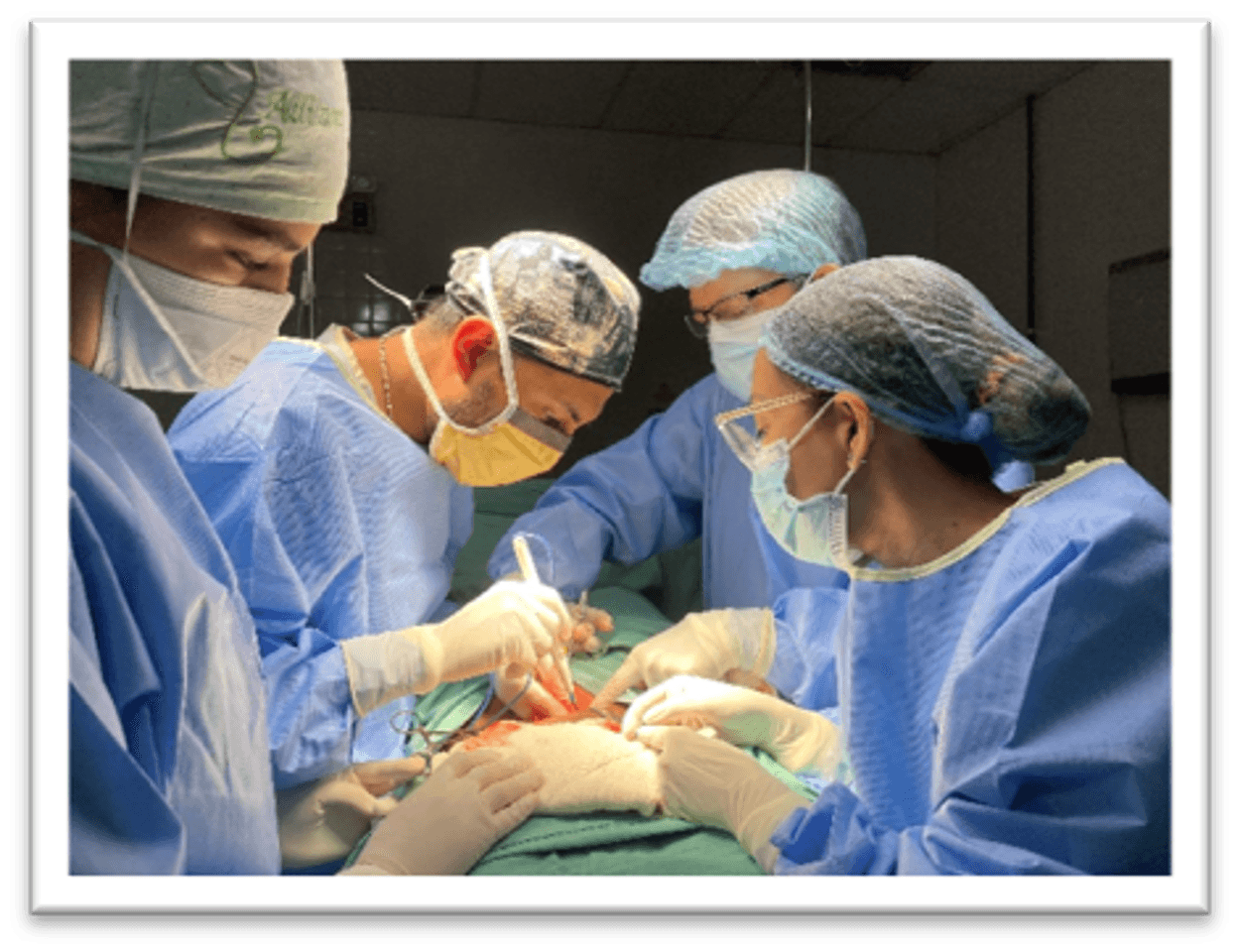
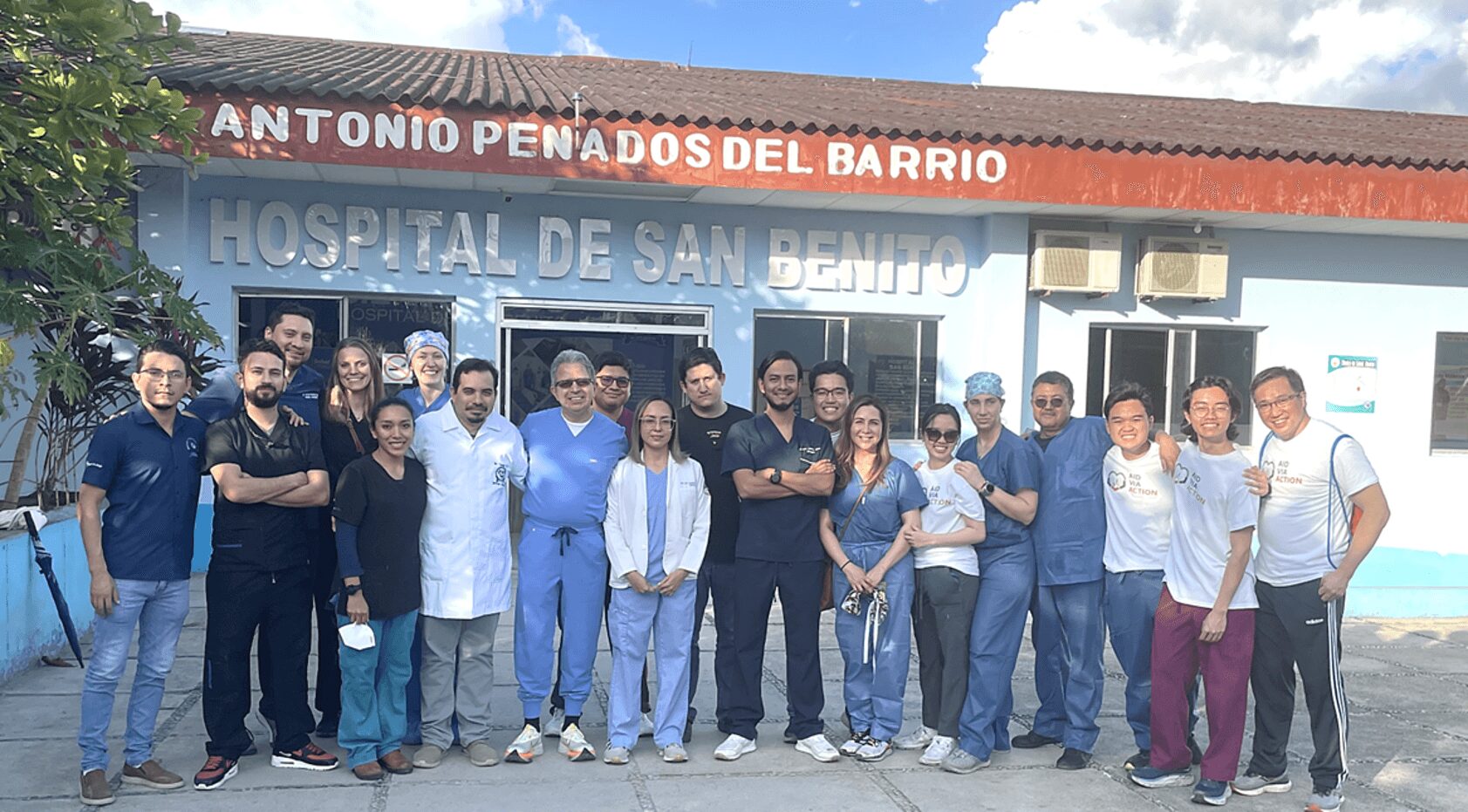
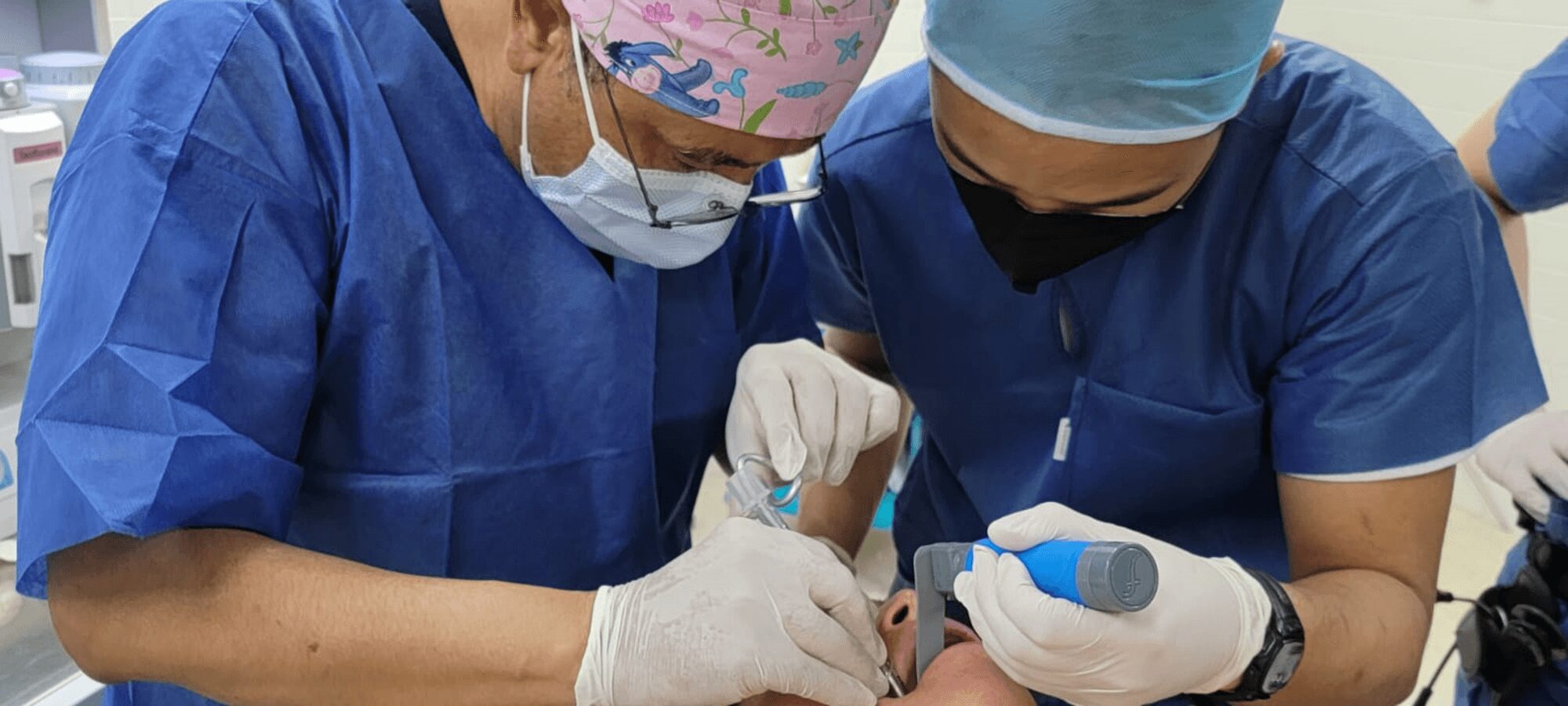
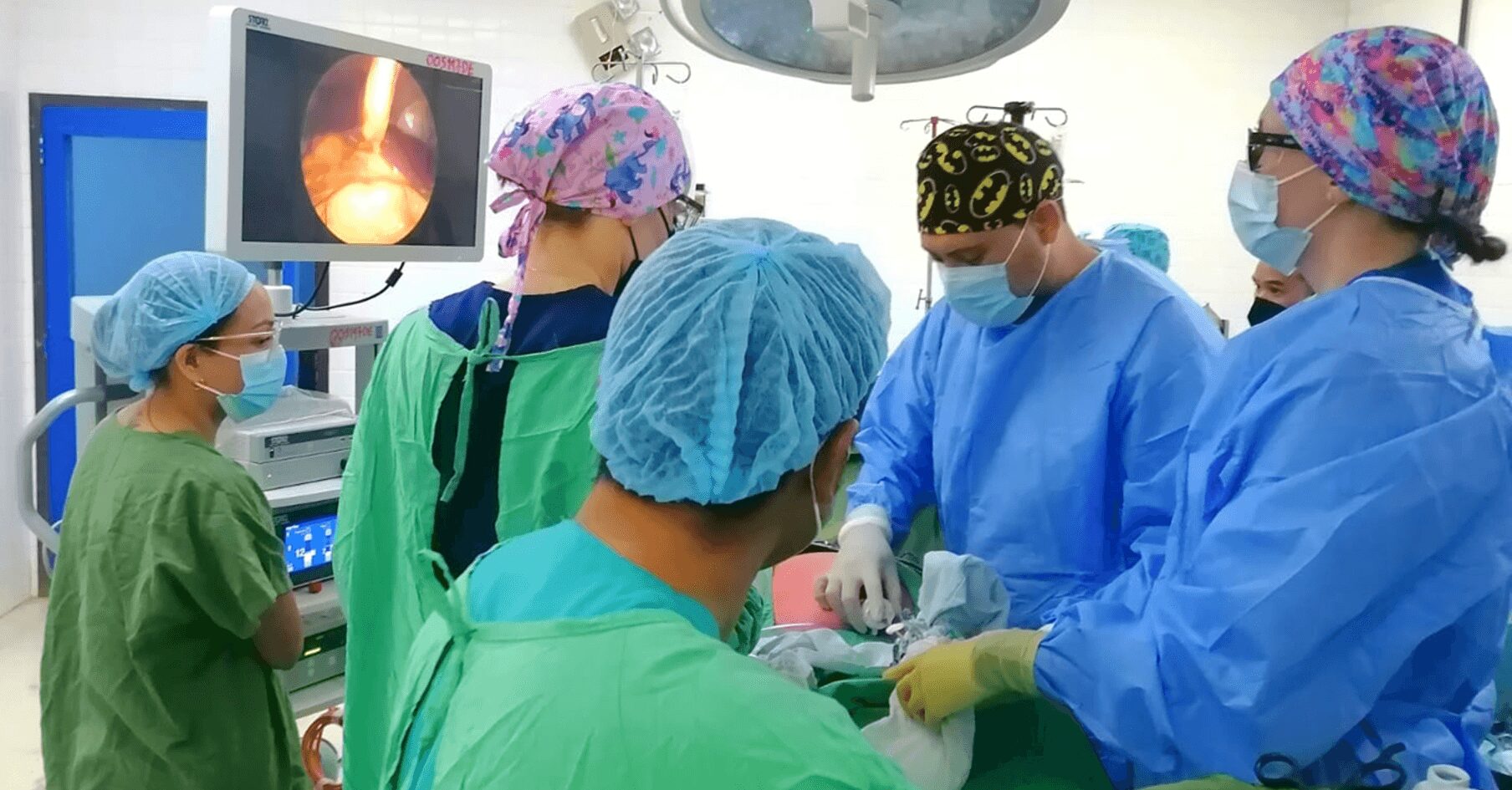
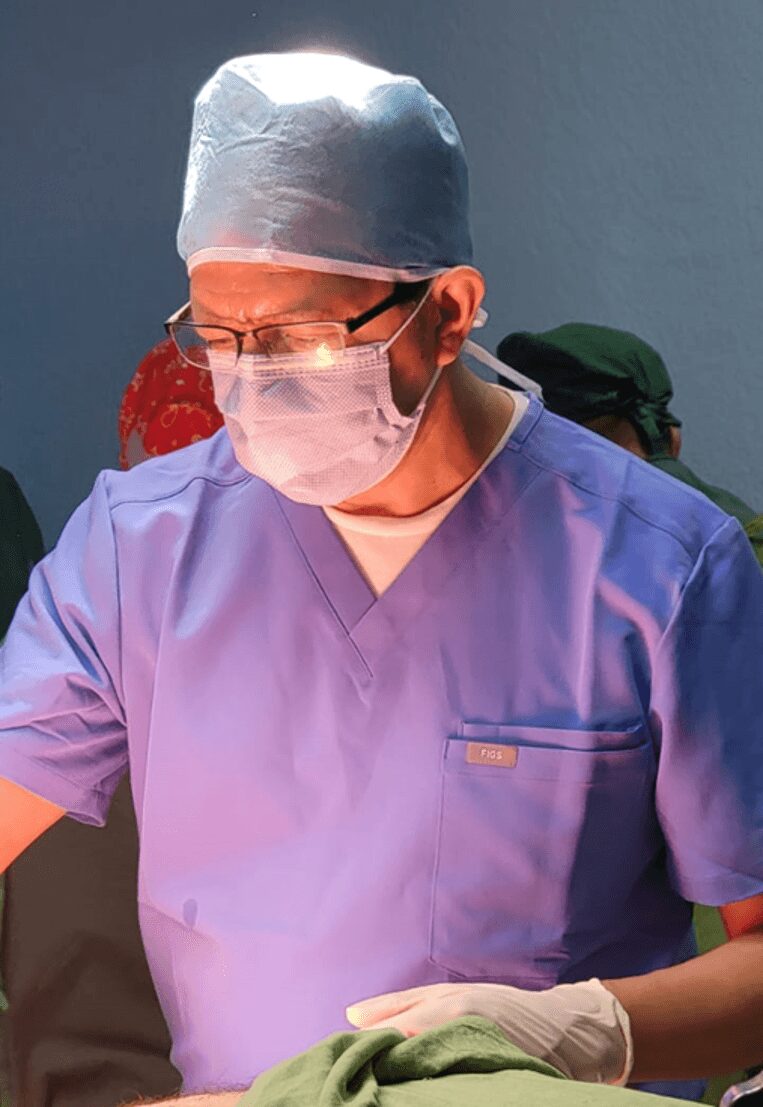
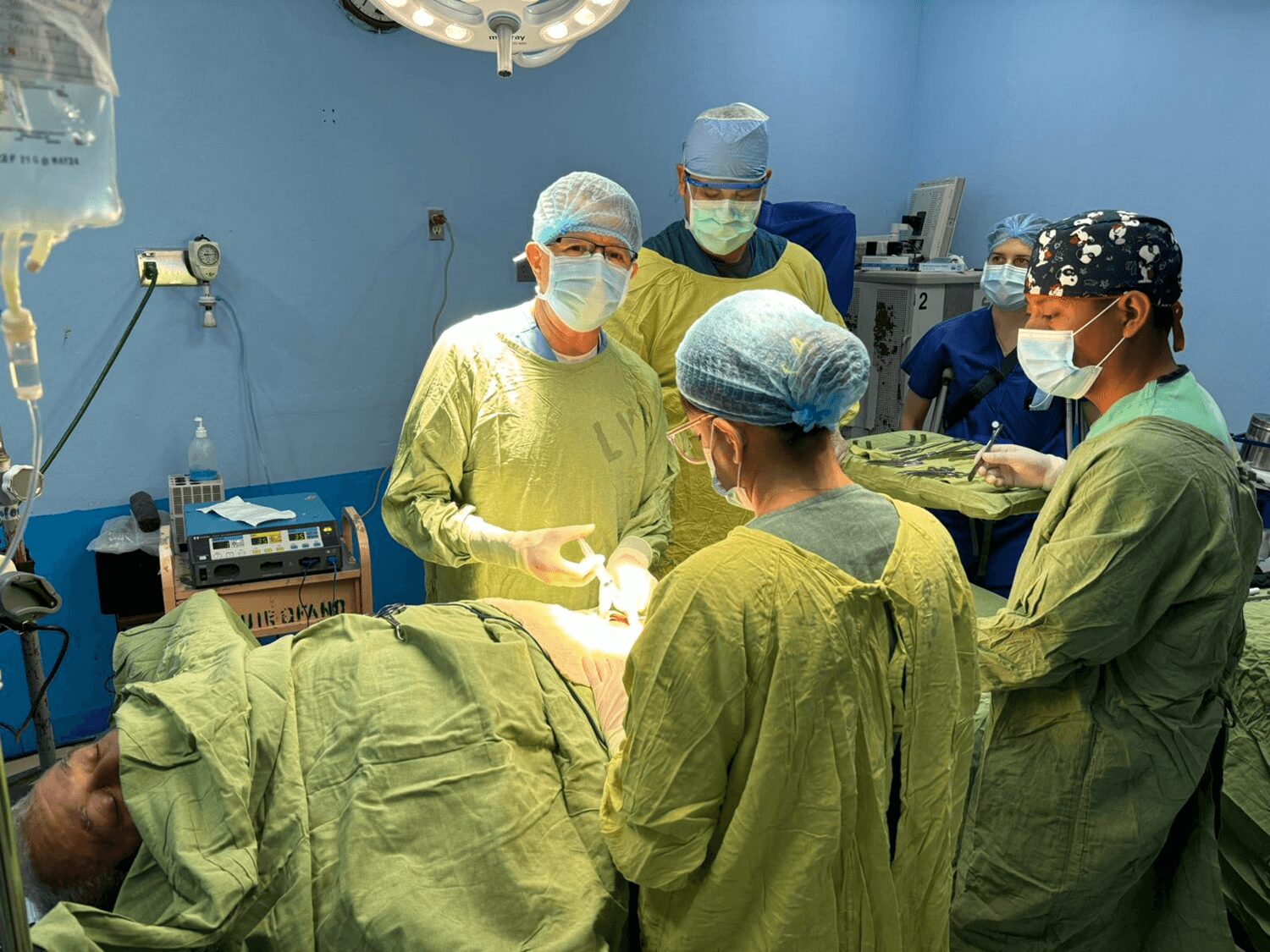
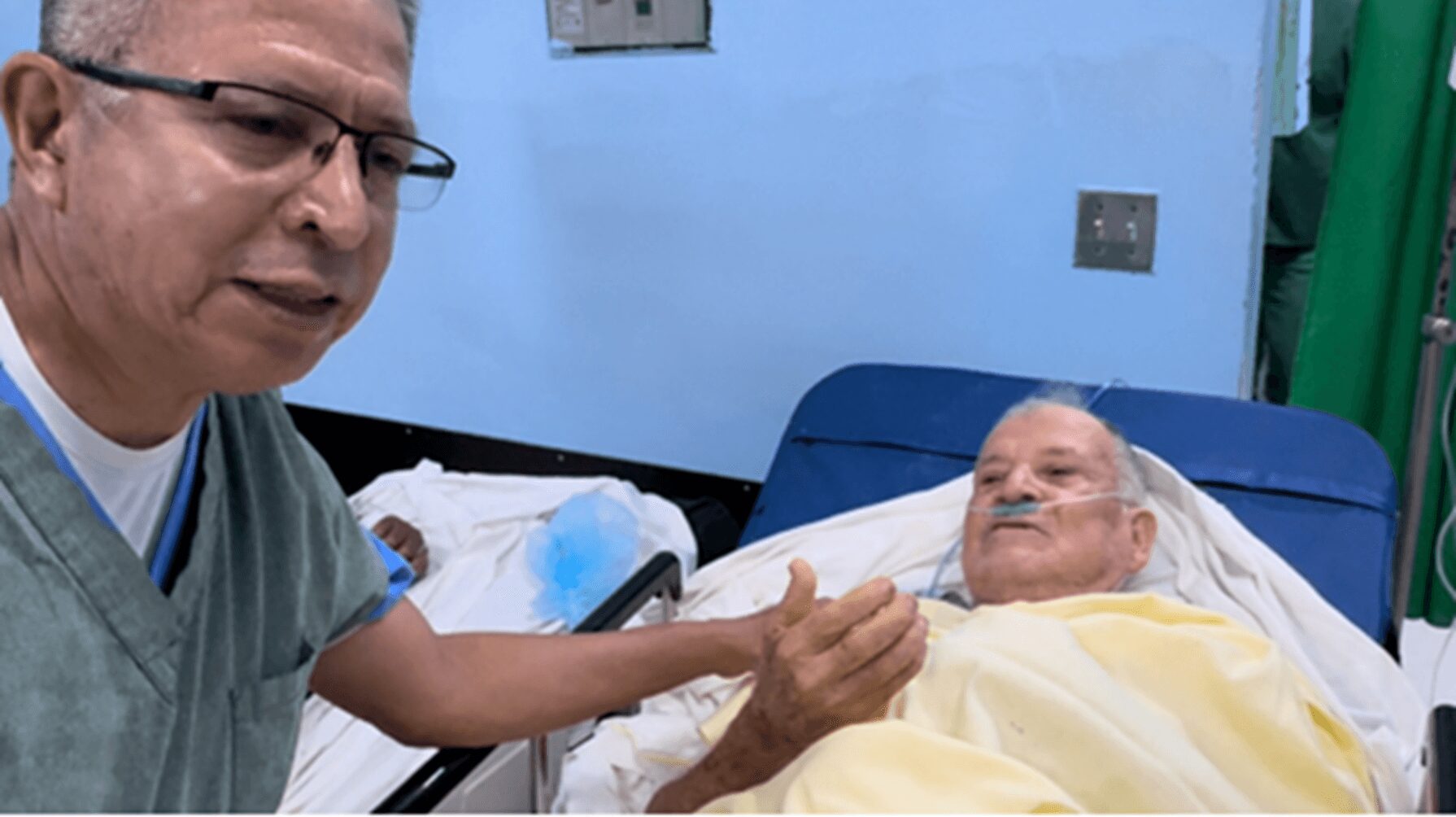
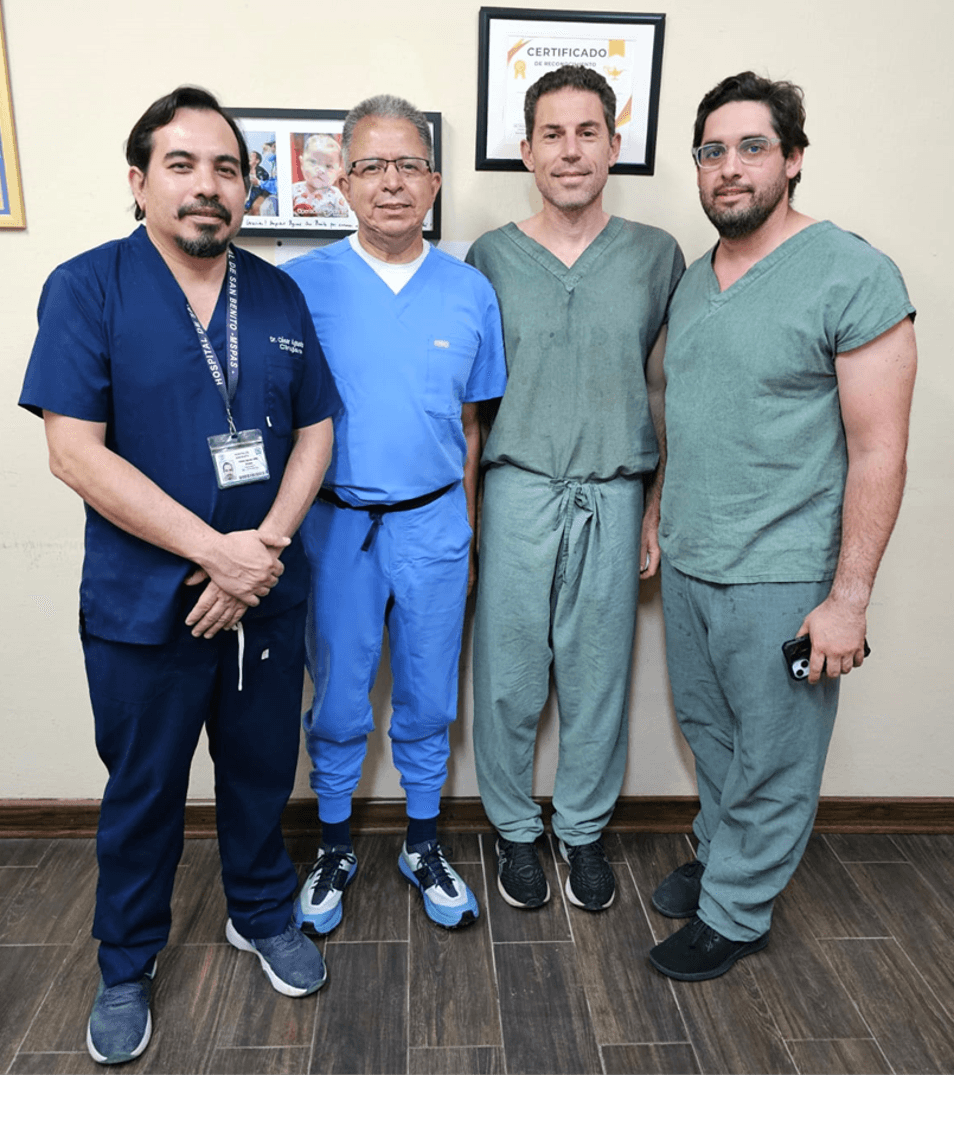 Suggest a Story: VoyageDallas is built on recommendations from the community; it’s how we uncover hidden gems, so if you or someone you know deserves recognition please let us know here.
Suggest a Story: VoyageDallas is built on recommendations from the community; it’s how we uncover hidden gems, so if you or someone you know deserves recognition please let us know here.










